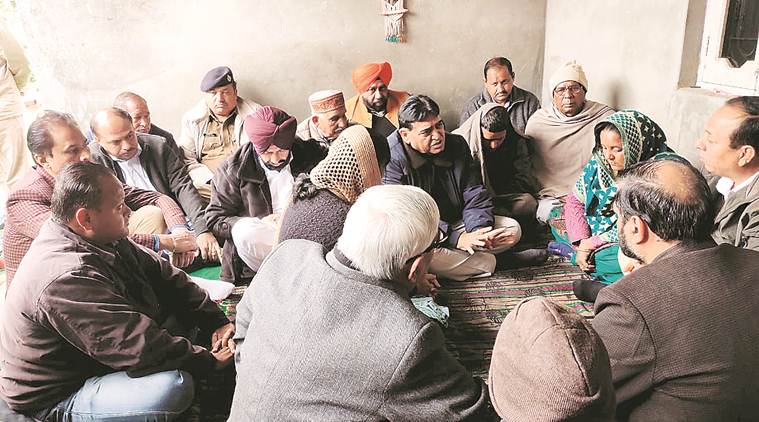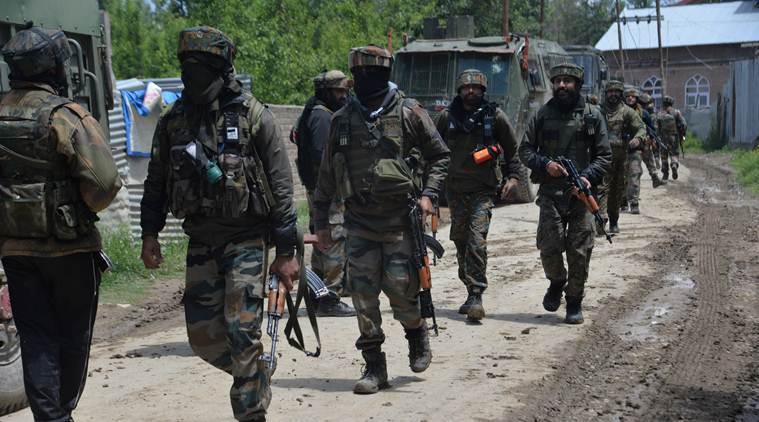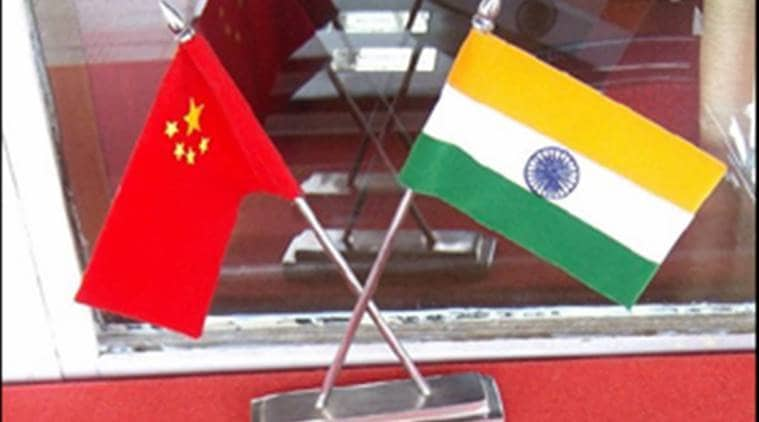Dhaka, December 22
The CAA and the NRC are India’s “internal issues”, Bangladesh Foreign Minister A K Abdul Momen has said, but voiced concern that any “uncertainty” in the country is likely to affect its neighbours.
Amid raging protests over the controversial citizenship law across India, Momen hoped that the situation “cools down” and the neighbouring country “can get out of it”.
According to the Citizenship Amendment Act (CAA), members of Hindu, Sikh, Buddhist, Jain, Parsi and Christian communities, who have come from Pakistan, Bangladesh and Afghanistan till December 31, 2014, following religious persecution there, will get Indian citizenship.
Protests are being held across India ever since a Bill was introduced in Parliament earlier this month. The Bill was passed by Parliament and signed into law by the President.
The protesters claim that the legislation is “unconstitutional and divisive” as it excludes Muslims. At least 16 people have been killed in violence during anti-CAA protests in Uttar Pradesh alone since Thursday.
“The CAB (now Citizenship Amendment Act) and the NRC (National Register of Citizens) are internal issues of India. The Indian government assured us again and again that these are their domestic issues; they are doing it because of legal and other reasons,” Momen told PTI here when asked about the CAA and the protests against it, especially in the northeastern states.
Prime Minister Narendra Modi while talking to Prime Minister Sheikh Hasina had assured that under no circumstances it will affect Bangladesh, Momen said.
The Minister asserted that his country trusts India.
However, he said, “We are the No.1 friend of India. So, if there is uncertainty in India, it is likely to affect its neighbours. When there was an economic downturn in the US, it affected many countries because we live in a global world. So, our fear is that if there is some uncertainty in India, it might affect its neighbours”.
“That is worrisome. We hope the situation cools down and India can get out of it…It is their internal issue. It is not our issue. They should deal with it,” he said.
Momen had recently said Bangladesh has requested New Delhi to provide a list of Bangladeshi nationals living illegally in India, “if any”, to be repatriated.
He had also cancelled his visit to India beginning December 12, hours before he was to arrive in New Delhi.
The Minister had said his busy schedule coinciding with the Martyred Intellectuals Day and Victory Day and also the absence of the State Minister for Foreign Affairs Shahriar Alam and the Ministry’s Secretary in the country made him defer his tour.
However, diplomatic sources in New Delhi had said that Momen and Home Minister Asaduzzaman Khan cancelled their visits to India over the situation arising out of the passage of the controversial Citizenship Bill in Parliament.
Momen had cancelled his tour a day after he termed as “untrue” Home Minister Amit Shah’s comments on persecution of religious minorities in Bangladesh.
The External Affairs Ministry in New Delhi had said that Momen conveyed to India about postponement of his visit due to scheduling issues, and asserted that Shah referred to religious persecution in Bangladesh during the military rule and not under the current government.
Bangladesh was learnt to have been upset following roll out of the NRC in Assam around four months ago even though India conveyed to it that the issue was an internal matter of the country.
The NRC has been prepared to identify genuine Indian citizens living in Assam since March 24, 1971, or before, and identify illegal Bangladeshi migrants in the state.
Out of 3.3 crore applicants, over 19 lakh people were excluded from the final NRC published on August 30.
Hasina had taken up the issue of NRC with Modi during their bilateral meeting in New York in September. PTI










































































